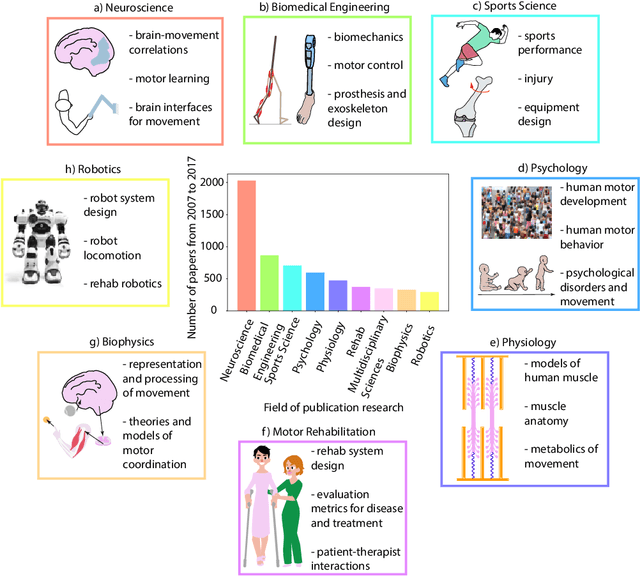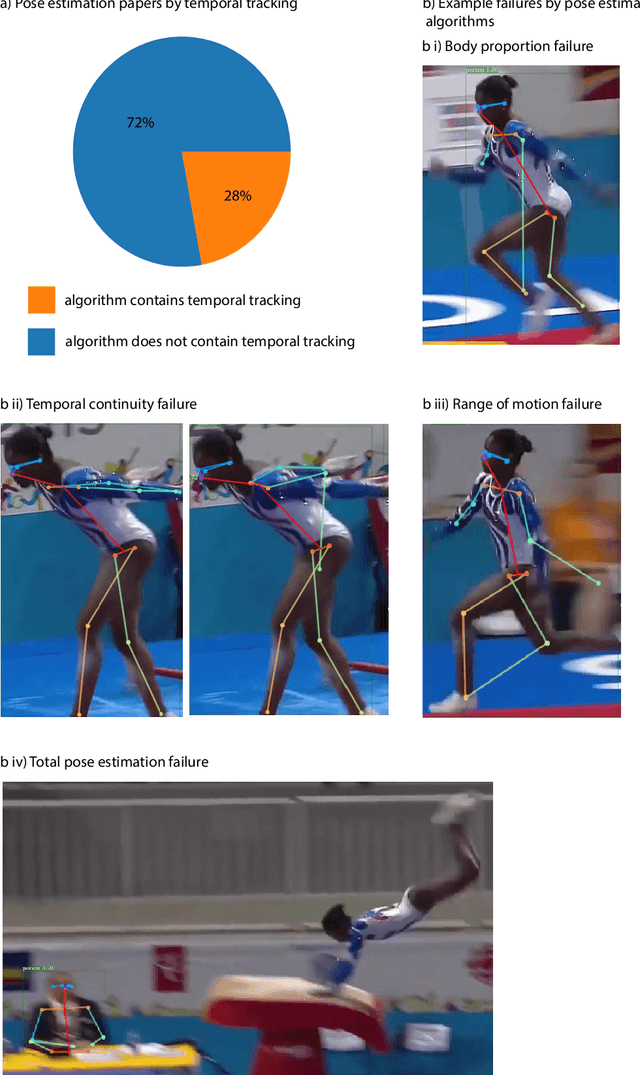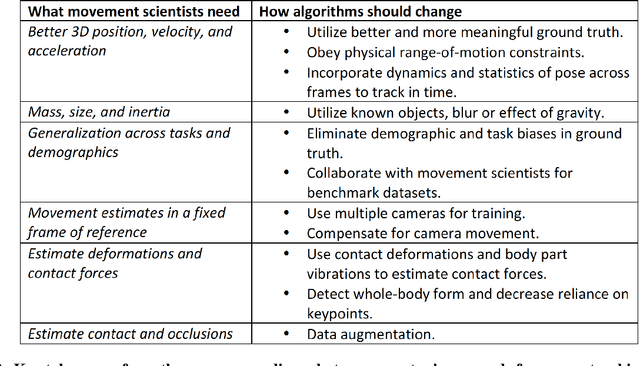Nidhi Seethapathi
Nonlinear action prediction models reveal multi-timescale locomotor control
Mar 20, 2025Abstract:Modeling movement in real-world tasks is a fundamental scientific goal. However, it is unclear whether existing models and their assumptions, overwhelmingly tested in laboratory-constrained settings, generalize to the real world. For example, data-driven models of foot placement control -- a crucial action for stable locomotion -- assume linear and single timescale mappings. We develop nonlinear foot placement prediction models, finding that neural network architectures with flexible input history-dependence like GRU and Transformer perform best across multiple contexts (walking and running, treadmill and overground, varying terrains) and input modalities (multiple body states, gaze), outperforming traditional models. These models reveal context- and modality-dependent timescales: there is more reliance on fast-timescale predictions in complex terrain, gaze predictions precede body state predictions, and full-body state predictions precede center-of-mass-relevant predictions. Thus, nonlinear action prediction models provide quantifiable insights into real-world motor control and can be extended to other actions, contexts, and populations.
Movement science needs different pose tracking algorithms
Jul 24, 2019


Abstract:Over the last decade, computer science has made progress towards extracting body pose from single camera photographs or videos. This promises to enable movement science to detect disease, quantify movement performance, and take the science out of the lab into the real world. However, current pose tracking algorithms fall short of the needs of movement science; the types of movement data that matter are poorly estimated. For instance, the metrics currently used for evaluating pose tracking algorithms use noisy hand-labeled ground truth data and do not prioritize precision of relevant variables like three-dimensional position, velocity, acceleration, and forces which are crucial for movement science. Here, we introduce the scientific disciplines that use movement data, the types of data they need, and discuss the changes needed to make pose tracking truly transformative for movement science.
 Add to Chrome
Add to Chrome Add to Firefox
Add to Firefox Add to Edge
Add to Edge